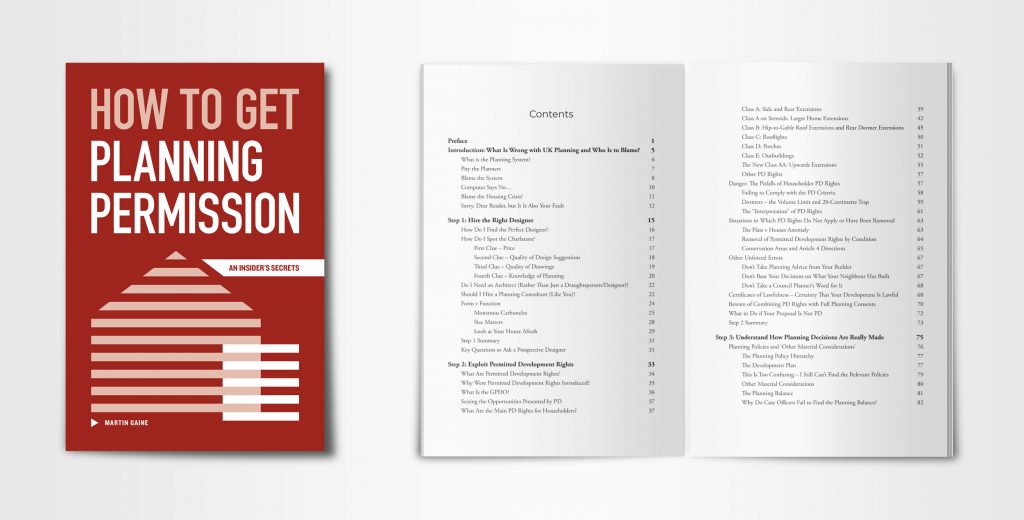As a council planner, I decided thousands of planning applications for extensions and new homes. My book, How to Get Planning Permission – An Insider’s Secrets, helps homeowners and small property developers beat the planners.
Here are my top ten tips for getting your application approved first time.
1. Get a a good architect
This is the crucial first step and where most applicants go wrong.
There is no requirement for the people offering architectural design services to have any qualifications or experience. The market is unregulated and lots of charlatans prepare poor quality plans for proposals that are never going to get permission. The council planners know immediately that they can’t be approved and throw them out.
Choose an experienced, qualified architect with knowledge of the local planners and their policies and ensure they produce attractive, high-quality plans.
Good plans cost money. A good architect can cost several times more than a cheap one, but it is money very well spent.
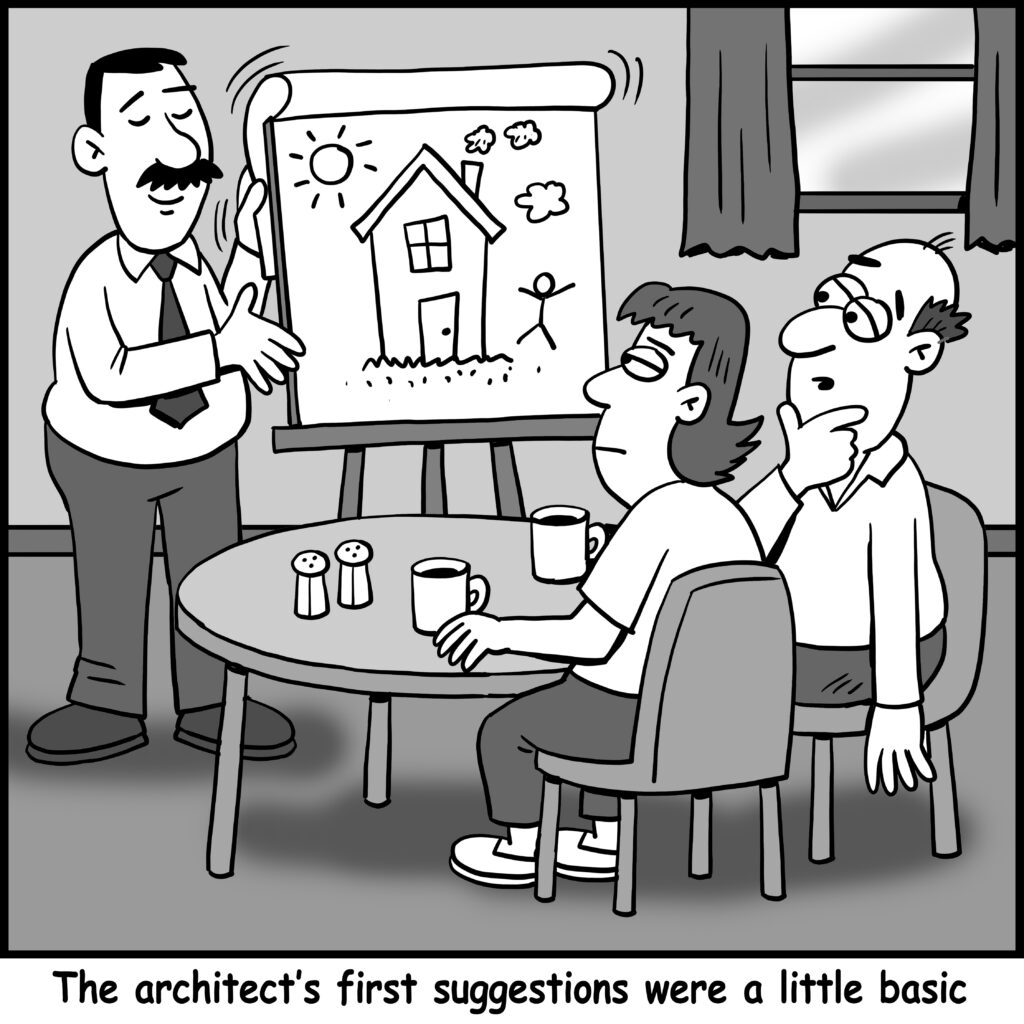
2. Look up the policies yourself
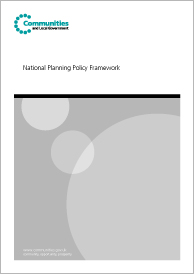
Every council publishes a set of planning policies that they use to assess planning applications.
Contrary to popular belief, planning policies matter far more than what your neighbours think or what else has been built in your area. If your application doesn’t comply with them, it will usually be refused.
Your architect should make sure it does comply, but it doesn’t hurt to look the policies up yourself to be sure.
They are published on the council’s website – ring the council if you can’t find them or need help understanding them.
3. Have a look around your area
‘Precedent’ matters in planning. It is easiest to get planning permission for a development if your neighbours have already built something similar.
If you are proposing the biggest extension on the street, you are more likely to run into trouble.
Look up recent planning applications on your council’s website to see what is getting through and what is being rejected.
Matching your neighbours (and therefore fitting in with the streetscene) is the easiest way to get consent.
4. Watch out for planning constraints
Planning constraints are designations that affect a site. It might be in a flood zone or the Green Belt, for example, or host a listed building, be in a conservation area, have protected trees or be home to a colony of great crested newts.
There is no point in designing a beautiful new home if your application will be thrown out before the case officer even opens your carefully drawn plans.
Ask your architect to check for constraints before starting work, hire a good planning consultant to check for you, or call the council directly to ask for advice.
5. Sweet talk your neighbours
When you apply, your neighbours will be consulted. Loud and shrill objections could set you back and neighbours are often less angry about the proposal itself and more annoyed that they were not told it was being submitted in the first place.
Go round with a bottle of wine and a copy of the plans, and explain what you are proposing and why it won’t cause them any trouble.
Promise to be considerate when the building work starts.
But don’t panic too much about what your neighbours think – planning is not a local referendum and the planners often pay very little attention to the objections they receive.
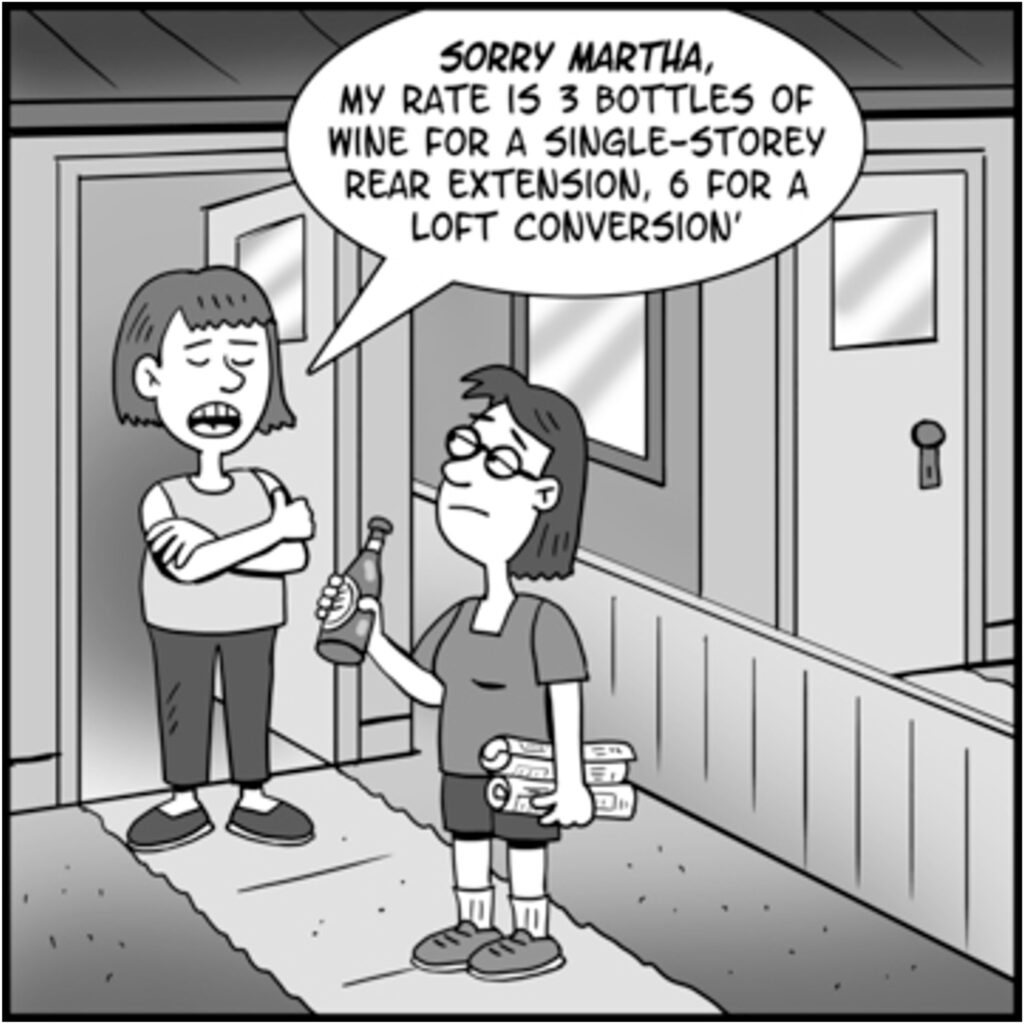
6. Charm your case officer
Case officers are more likely to help people they have met and liked. Invite them round to visit your home (though site visits are less common since the pandemic), make them a cup of tea and explain what you are proposing and the difference it will make to you and your family.
Don’t badger them! Case officers have heavy caseloads and talk a dim view of applicants who call every day to press for a decision.
7. Exploit your permitted development rights
Did you know that some extensions don’t require planning permission at all?
You can extend to the rear, to the side and at roof level without a planning application. You can also build a porch or a garden shed.
The rules are complicated, and if you don’t comply you could be asked to tear down what you have built, so talk to the council or a good planning consultant before you get the builders in.
8. Don’t be greedy
The most common reason a planning application is refused is that a greedy applicant has asked for too much.
Homeowners start with modest plans for a lean-to to house the washing machine and muddy boots but end the design process with grand plans for a vaulted two-storey extension with three extra bedrooms (I blame Kevin McCloud).
Bigger extensions are more expensive to build and add space you don’t need. Huge, open-plan family rooms are fashionable, but who can afford to heat them these days?
Less is more. And far easier to get planning permission for.

9. Don’t make avoidable errors
Case officers are immediately turned off an application if it doesn’t look like due care has been taken to get it right, even if the core proposal itself is sound.
The plans should be properly drawn to an identified scale with the right labelling.
If the floorplans show a window in a certain position, it should also appear in the same place on the elevations.
If your garden slopes down to the rear, that should be clear on the drawings.
Think through all the little details: what materials will you use? where will cars park? how will you landscape the gardens? where will the wheely bins go?
10. Be ready to appeal
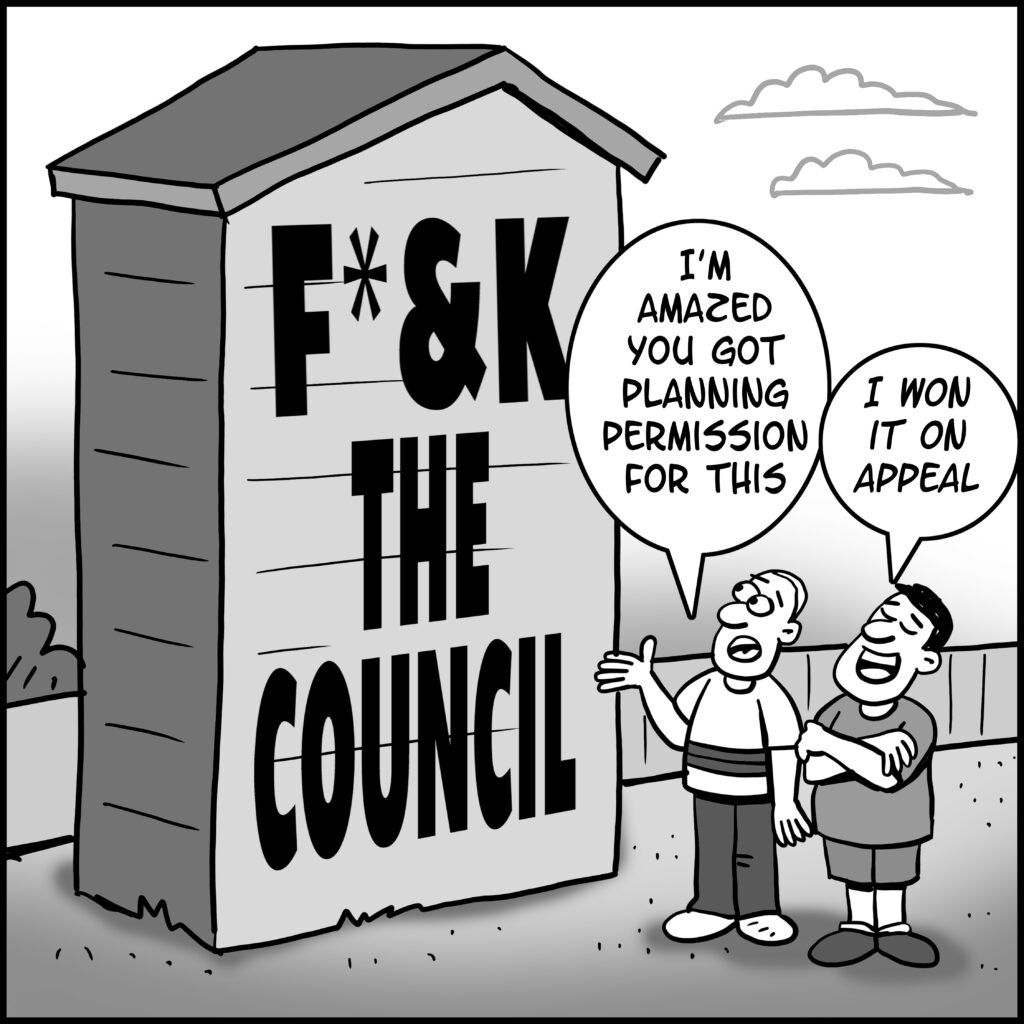
Even the best laid plans come undone.
If you have taken great care to choose a good architect, design a sensible scheme, meet all the local policies and charm everyone from your neighbours to the case officer and local councillors, and you application has still been refused, you must appeal the decision.
Appeals are taken out of the hands of your local councils and decided by a central government agency (the planning inspectorate).
They are free, decided through written reports, take around three months and are sometimes the only way to get the right decision.
Would you like more hot tips on how to navigate the choppy waters of the planning system?
Check out my book, How to Get Planning Permissions: An Insider’s Secrets, available on Amazon and at all the best bookshops.
If you have been refused planning permission and need help with an appeal, contact the excellent planning consultants at Just Planning for some advice.
